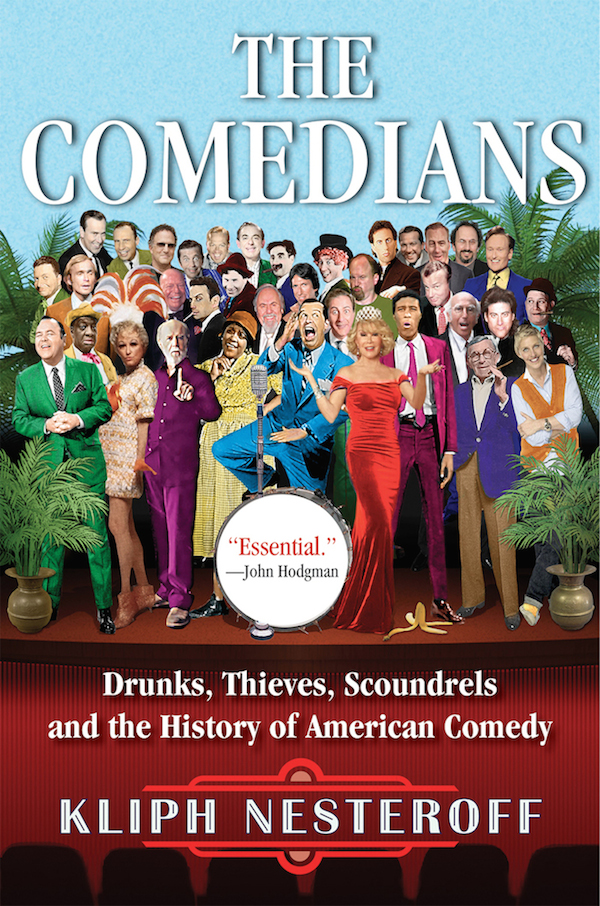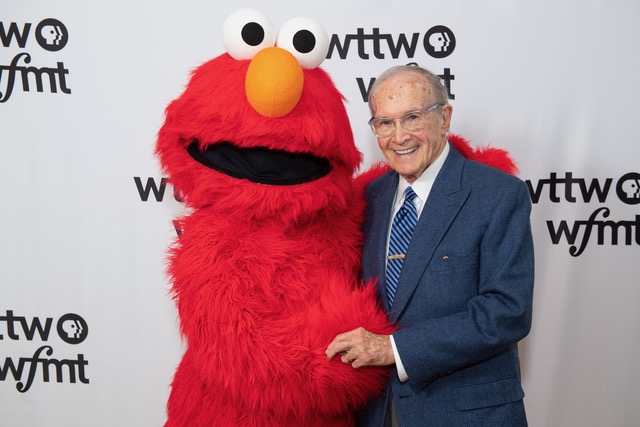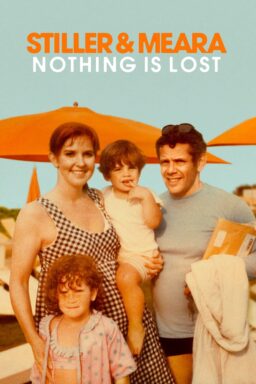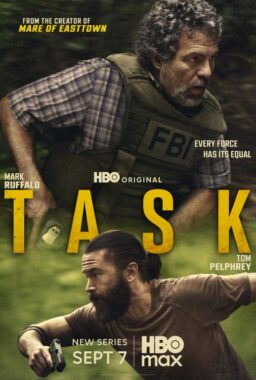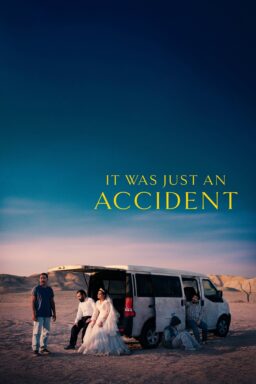If you’re ever unlucky enough to be strolling around New York’s Times Square aimlessly, you are very likely to be accosted by an eager young man or woman who’ll breathlessly ask you “Hey, do you like COMEDY?” And talk about a loaded question. This is more often than not a pretext to rope Candide-like tourists into under-populated comedy venues of uncertain quality, although I imagine some do get some valuable entertainment experiences from the exchange. Because, after all, who doesn’t like comedy? The facile answer would be “comedians.”
Kliph Nesteroff’s “The Comedians: Drunks, Thieves, Scoundrels and the History of American Comedy” is a valuable book because it avoids facile answers, though. Nesteroff, a one-time stand-up comic, has been writing on the internet blog about Classic American Showbiz for a number of years, and anyone who’s been to the website Classic Television Showbiz knows just the sort of rabbit holes Nesteroff can take you down. It’s like getting annotated versions of old Drew Friedman cartoons: an immersion into a subculture both unspeakably vulgar and unavoidably seminal. Anyone who, for instance, considered comedian Joe E. Ross an amiable dunce based on his persona on “Car 54, Where Are You?” got a rude and in the end bracingly delightful education on learning via Nesteroff just exactly how the guy was kind of, well, a pig.
Nesteroff’s book distills a lot of material, some of it derived from blog essays, into a compulsively readable history of American comedy going all the way back to the late 19th century, when the minstrel show evolved into the vaudeville show. He demonstrates how the sizes and shapes of various venues were determining factors in the evolution of entertainment. We know that music halls and nightclubs have different dynamics, but Nesteroff is ever ready with a specific anecdote that brings the difference home. While his stories often give not-unexpected credence to the verse from Ecclesiastes reminding us that there is no new thing under the sun, “The Comedians” also gives credit for innovation where it’s due, drawing a straight line from stand-up Jean Carroll, the first successful female comic who didn’t appear in some kind of belittling costume, to Joan Rivers to (implicitly) Amy Schumer.
The book provides terrific insights into how the comedy greats of cinema created their personae and their acts. I was slightly surprised to learn that Abbott and Costello worked blue, or as close to blue as the times would allow, when they first created their stage act. And they, like many other acts, were known for a certain magpie-like adoption of previously-heard material. Nesteroff gives the lowdown on a lot of joke thieves from all the way back in the day, and while he doesn’t quite level that charge at Bud and Lou, he does point out that they were not the first out of the gate with the “Who’s On First?” routine. While many a Woody Allen expert prides him or herself on knowing just how pronounced an influence Bob Hope had on Allen’s delivery and comic “character” on stage and screen, Nesteroff reveals who Hope’s influences were. A description of a vaudeville act that child performer Buster Keaton co-starred in will curl your hair. And so on.
The book is also, no surprise, funny. Writing about the emergence of nightclub entertainment, both musical and comedy, Nesteroff notes a simple fact that seems to have escaped glib moralists like Garry Trudeau, who used to think that he was doing God’s work by pointing out in “Doonesbury” how mobbed-up Frank Sinatra was. That is, if you worked nightclubs, you were in cahoots with organized crime. It was just an inescapable fact. In the book’s earliest chapter on nightclubs, Nesteroff tells how Senator Estes Kefauver’s committee on organized crime held hearings in various American cities, and how before it got to Chicago, one policeman who’d been slated to testify had been killed, and a lawyer who’d been creating a file on the Chicago mob had met a similar fate. As he was wont to do, comic Lenny Bruce mined gallows humor from the scenario; according to Nesteroff, he “joked that Chicago was the only city where death certificates listed a cause of death as ‘He wouldn’t listen.’” That line got a laugh from me, as did many others.
My only complaint about the book? It’s too short. Hitting the 350 page mark before getting to notes and an index, it’s a substantial read, but for me it could have been twice as long. Nesteroff maintains a brisk pace: no subject ever wears out his or her welcome. But there are more than a few comedians I would have liked more about, from Frank Fay to Shecky Greene (who, Nesteroff tells us, despite his Catskills-sounding name, was more of a comedy innovator than he was ever given credit for) to Redd Foxx. Nesteroff talks about how Woody Allen and Bill Cosby compared notes during their beatnik-era standup days in New York’s Greenwich Village, but doesn’t provide many specifics. Always leave ‘em wanting more was an adage among vaudevillians and something perhaps also taken to heart by Nesteroff. I’d love an encore myself.

